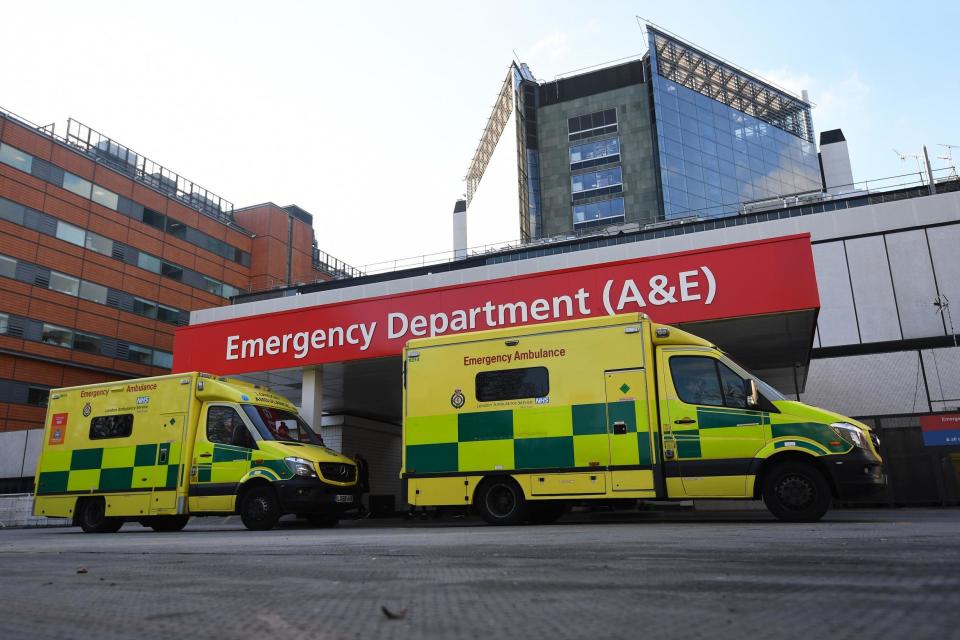70% of working-age adults who died with coronavirus 'were infected before lockdown'

Most working-age adults who died in the first wave of coronavirus in the UK were likely to have been infected before lockdown, official figures suggest.
The Office for National Statistics (ONS), which is tracking the spread of the virus through the country, said there were 5,330 deaths involving Covid-19 in 20 to 64-year-olds in England and Wales between March 9 and June 30.
Some 72 per cent of these people died before April 25, suggesting that their initial infection came before March 23, when most British people were ordered to stay at home in a bid to curb the spread of the virus.
The ONS' calculations are based on evidence that 14 days is the maximum time between a person being infected and symptoms appearing.
There are an average of 20 days between the first appearance of symptoms and a person dying with the virus.
Men working in health and social care were around three times more likely to die with Covid-19 if the virus was thought to have been acquired before lockdown than if it was caught in the quarantine period, the ONS said.
Among women death rates were about twice as high for those likely to have contracted the virus pre-lockdown. About 75 per cent of the people who died with coronavirus in the working age population had their occupation recorded.
Significantly fewer people in all lines of work died of Covid-19 during lockdown, compared to the period before.

Men working in care, leisure and other service occupations had the highest rates of death involving Covid-19 during the lockdown.
During this period, rates of death involving Covid-19 in male health and social care workers were significantly higher than those of males of the same age in the population.
Women had “far fewer” deaths, but those working in caring, leisure and other service occupations had higher rates of deaths involving coronavirus both pre- and post-lockdown, compared with women of the same age in the general population.
This can largely be explained by the high rate of carers and home carers, who would be likely to have continued during the lockdown and not been able to work from home, therefore possibly increasing the risk of infection, it said.

The ONS said the reasons for its findings are complex but factors could include the level of exposure to others before and after lockdown, the ability (or not) to work from home, whether an occupation was furloughed and where someone lives.
It said: “During the pandemic, some occupations, such as health and social care professions, have continued to work in proximity to others; this is a factor that may explain the generally higher rates seen among such occupations.
“Other occupations, such as elementary and manual workers, are less likely to have homeworking opportunities, another possible factor.
“On the other hand, the lowest rates during lockdown may be because of certain occupations being able to work from home or because they have been furloughed.”
With additional reporting by PA
Read more
Everything you need to know about Boris Johnson's speech today
Work from home U-turn as PM to set out tough new virus measures- LIVE
Dr Hilary clashes with Piers Morgan in GMB coronavirus debate
Police 'inundated with calls over rule of six breaches'
COVID-19 rise puts breaks on phased return of fans to sporting venues

 Yahoo News
Yahoo News 
